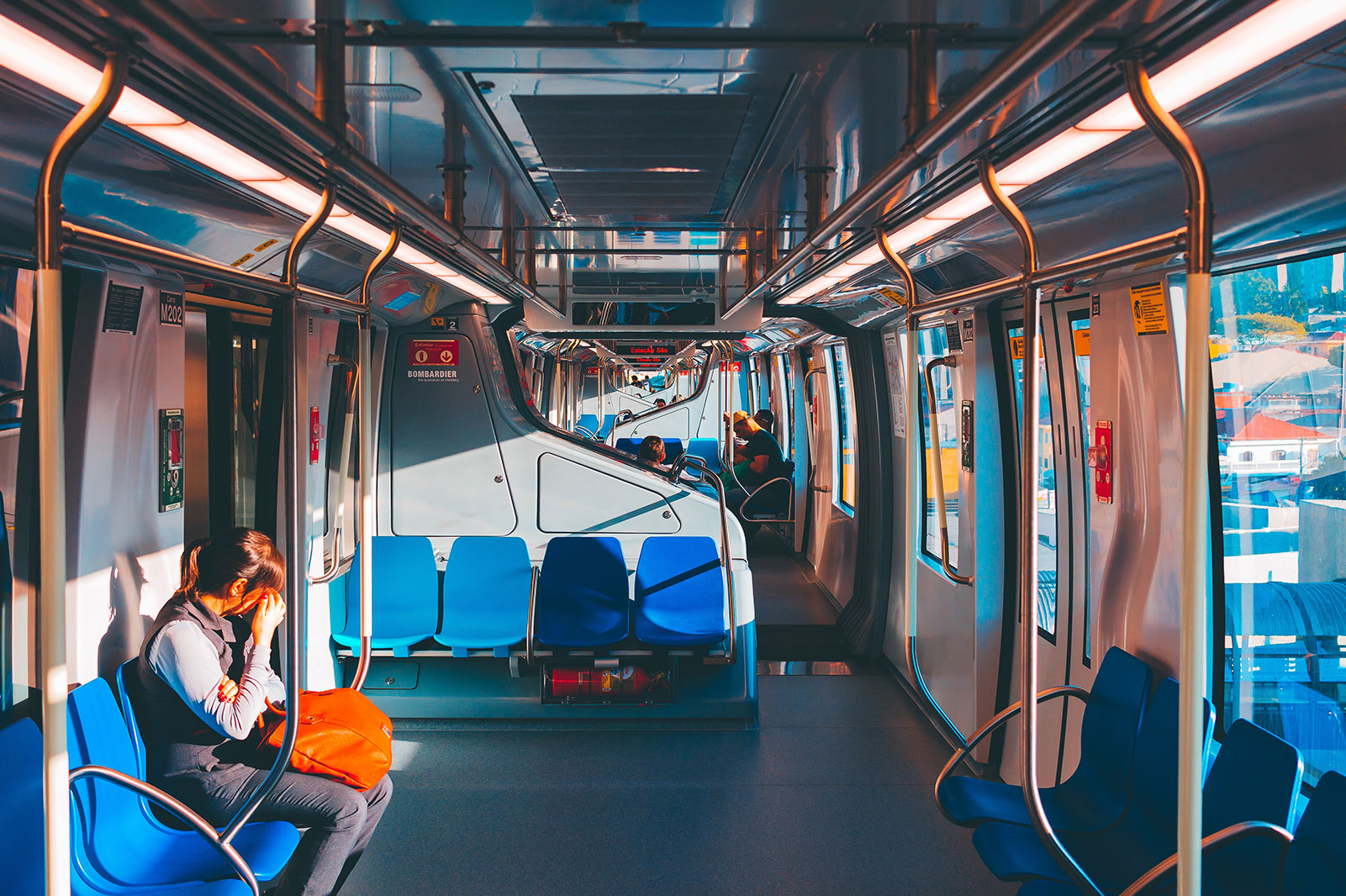A setting’s size can drastically shape a person’s experience. A tight space such as a crawlspace under a house can limit the people who have access to it because of physical size dimensions or also because tight spaces make some people feel uncomfortable. A context’s size can affect how long it takes for someone to complete an activity. The distance between a person’s apartment and the train station factors into how much time they will have to read news stories or check social media in the morning before going to work. Every physical context has physical dimensions. Sometimes, these dimensions can drastically impact people’s experiences when they use products, services, and systems.
